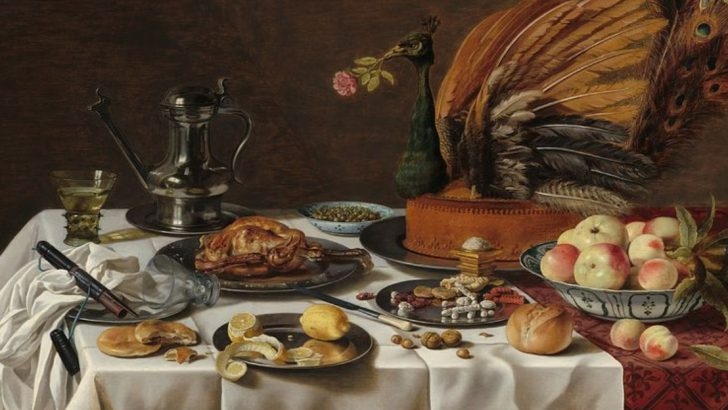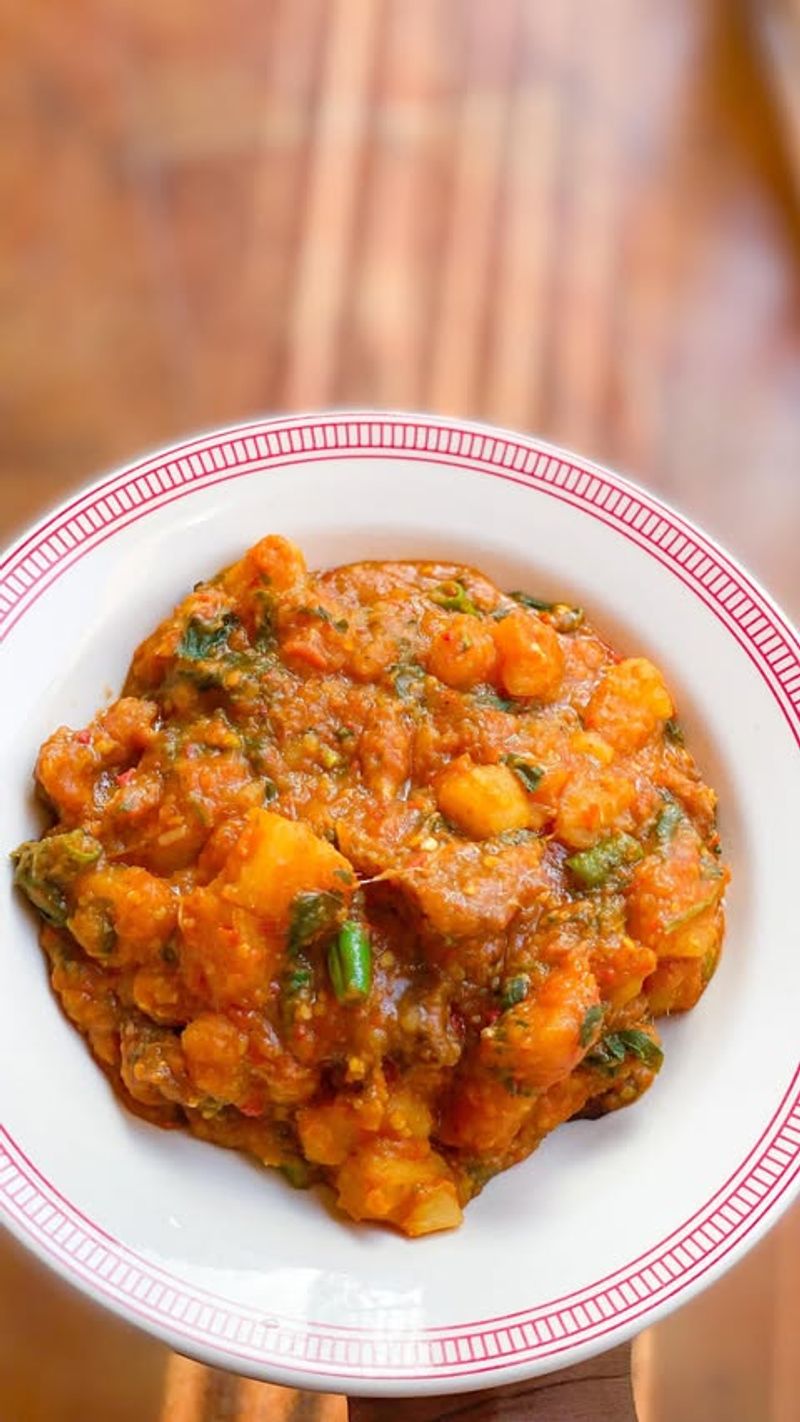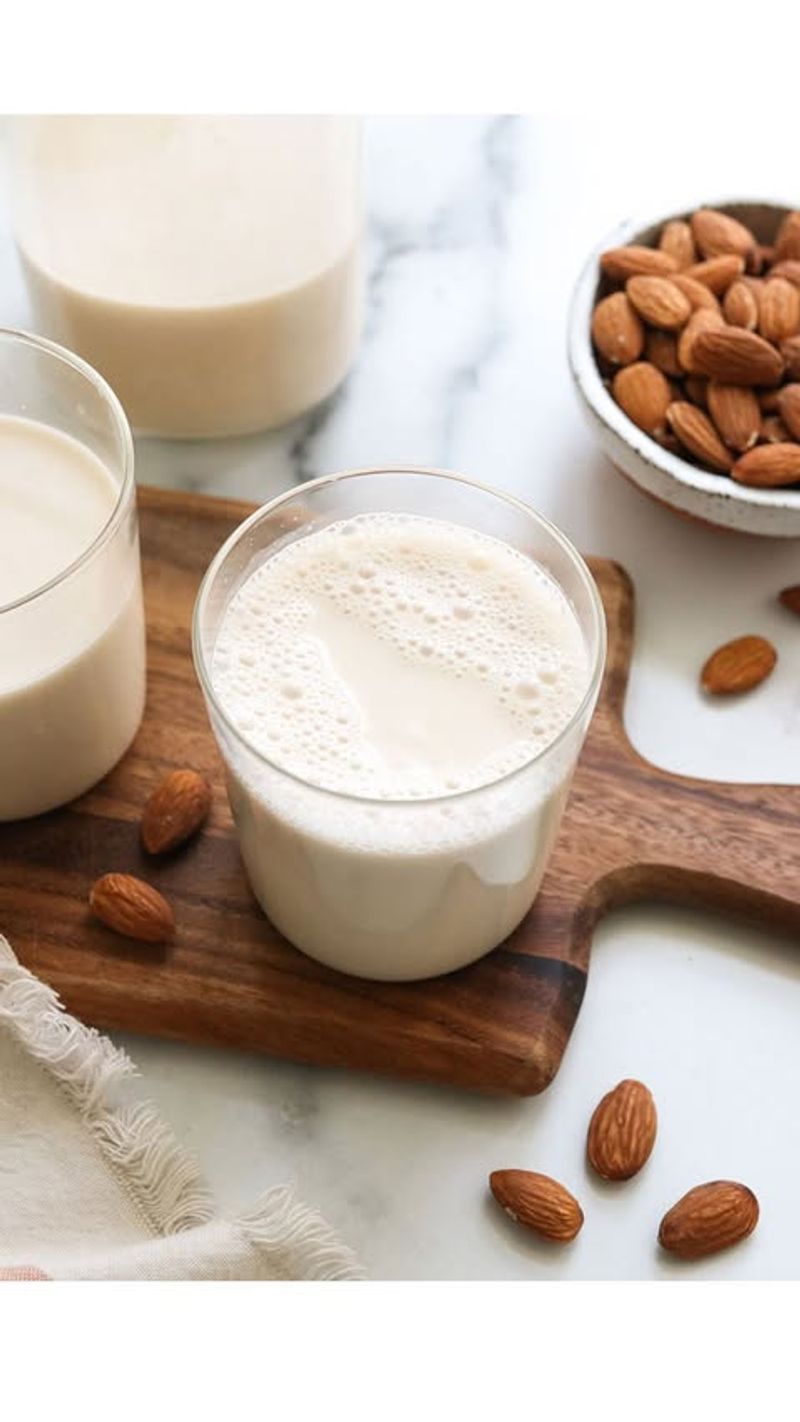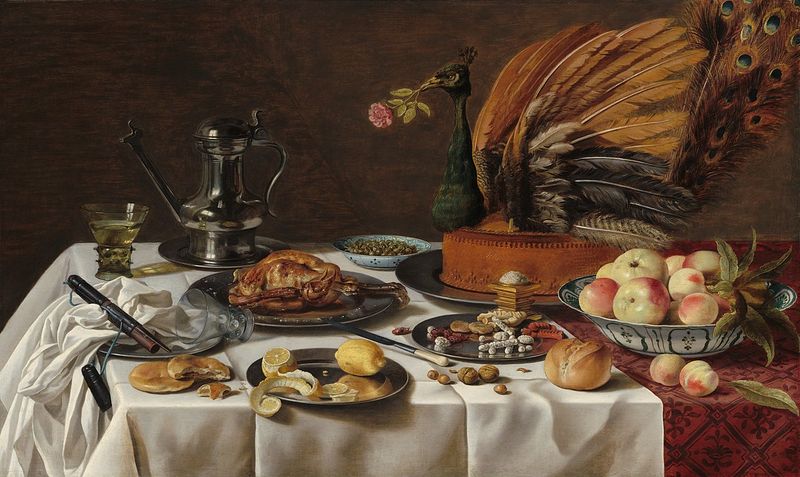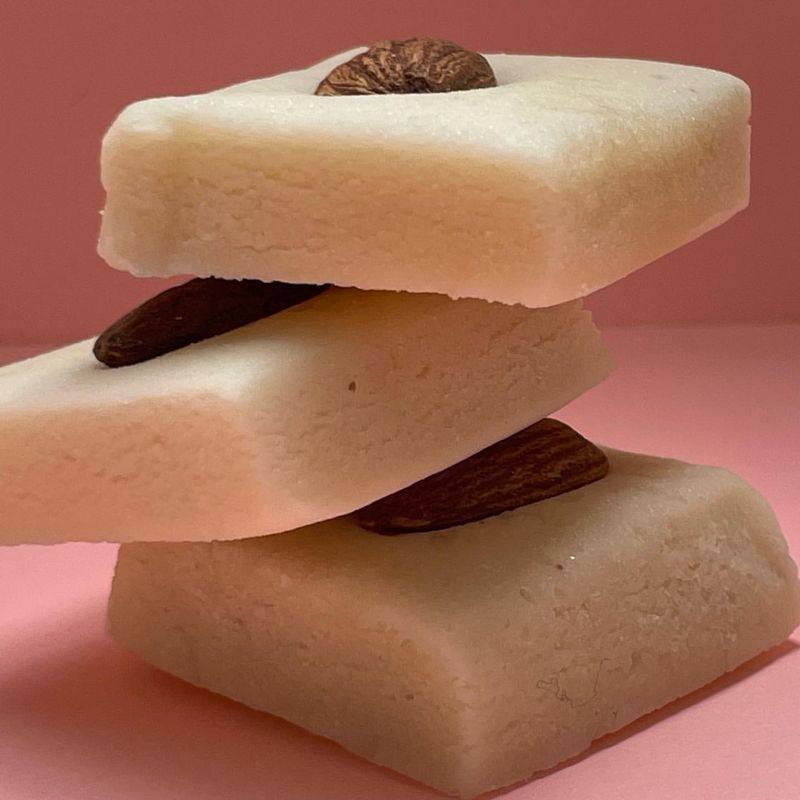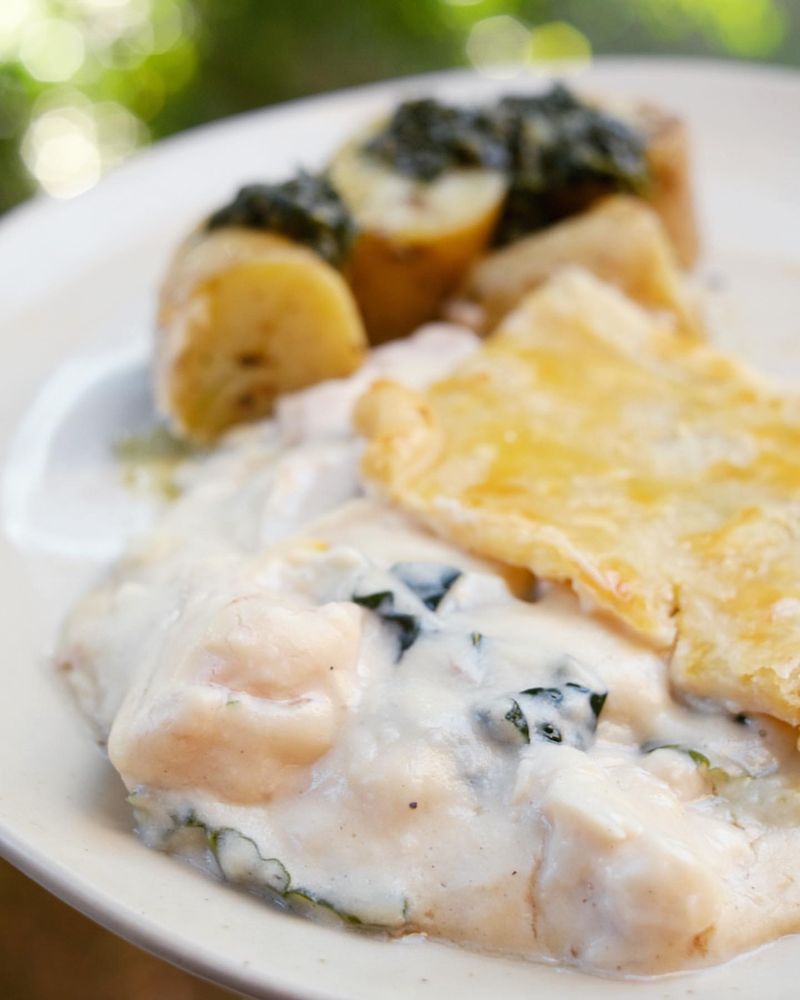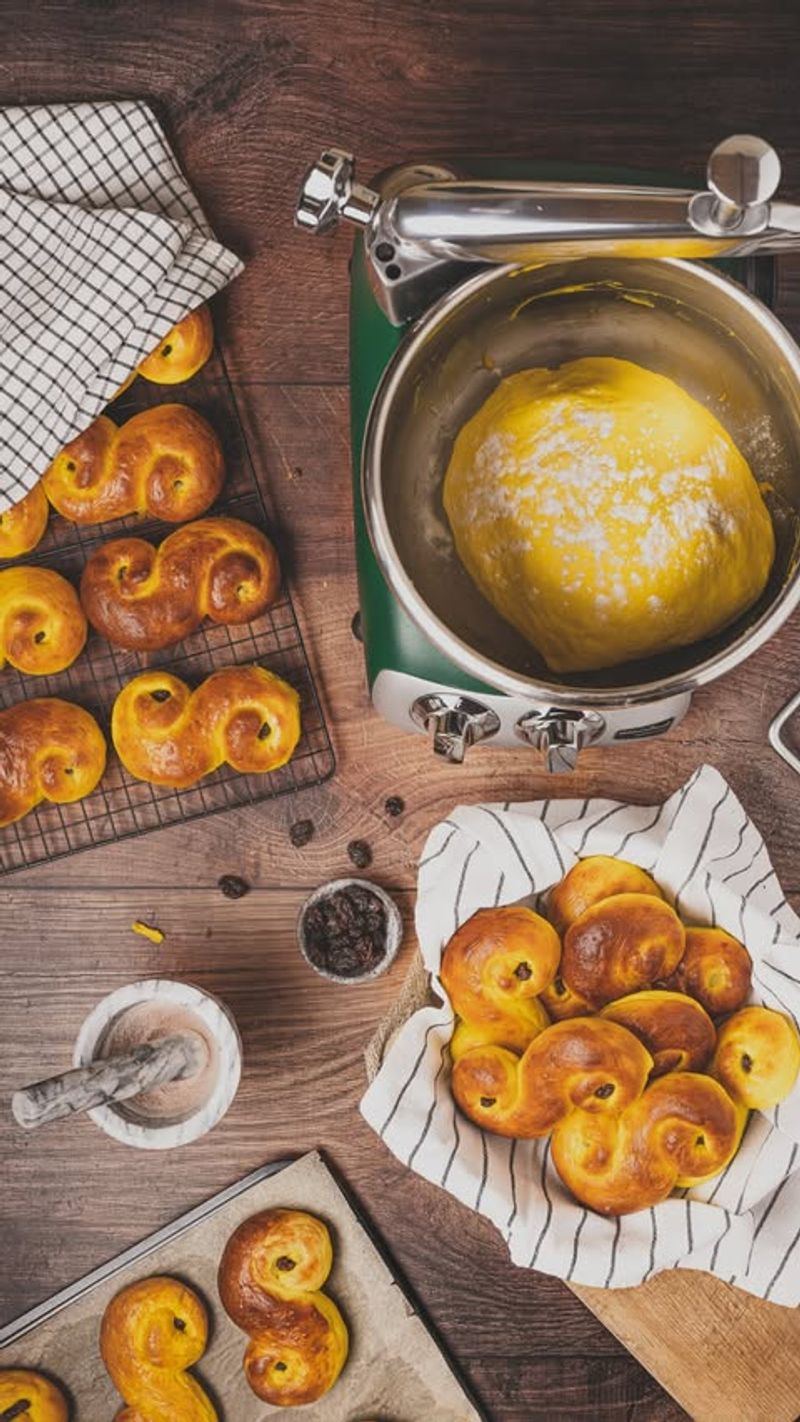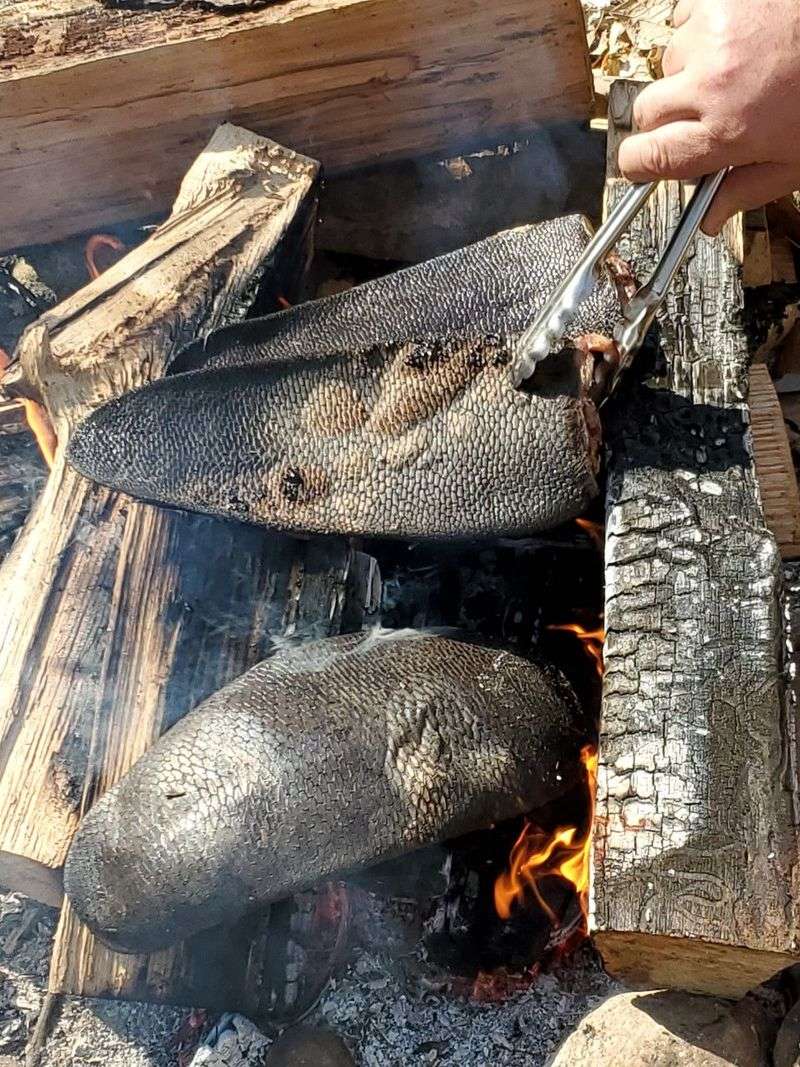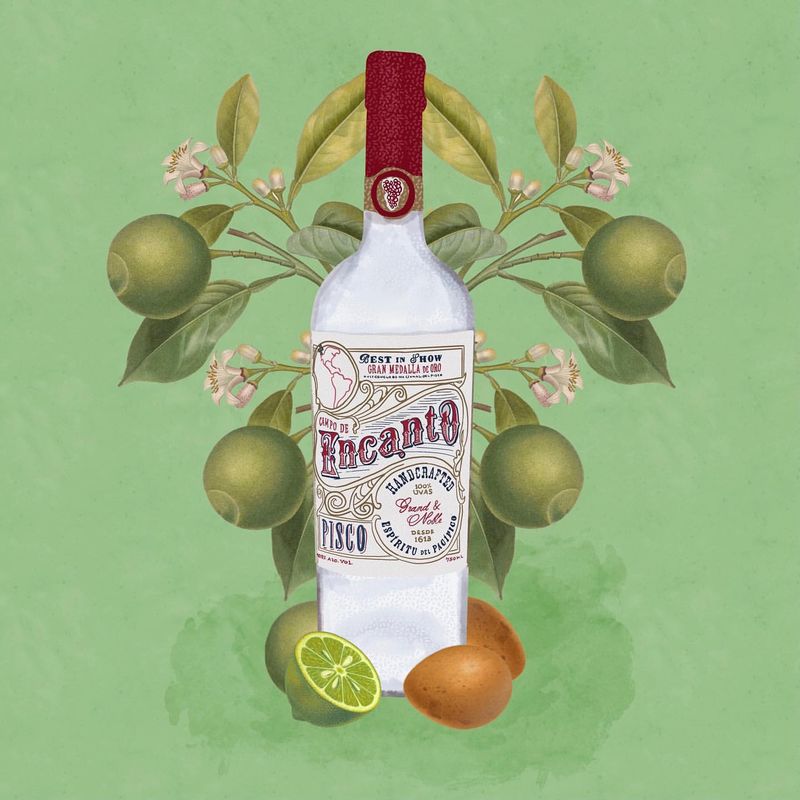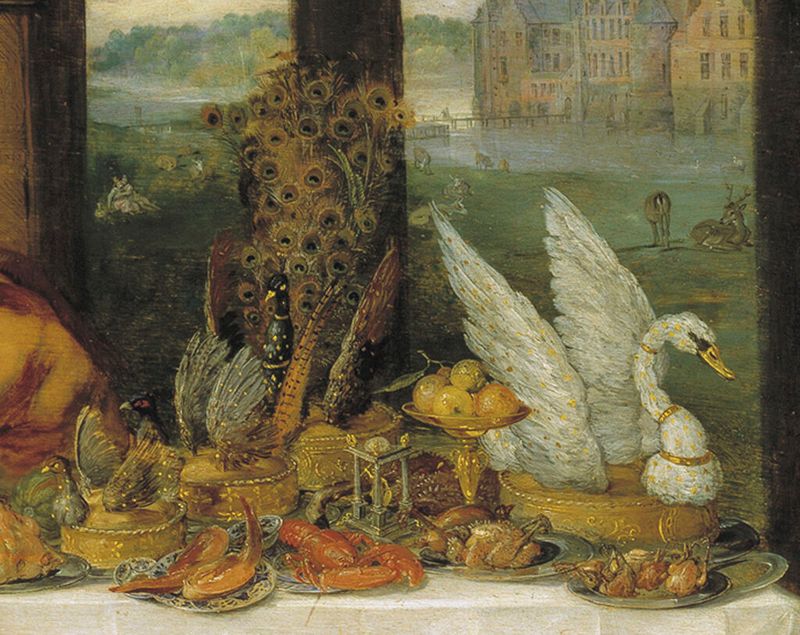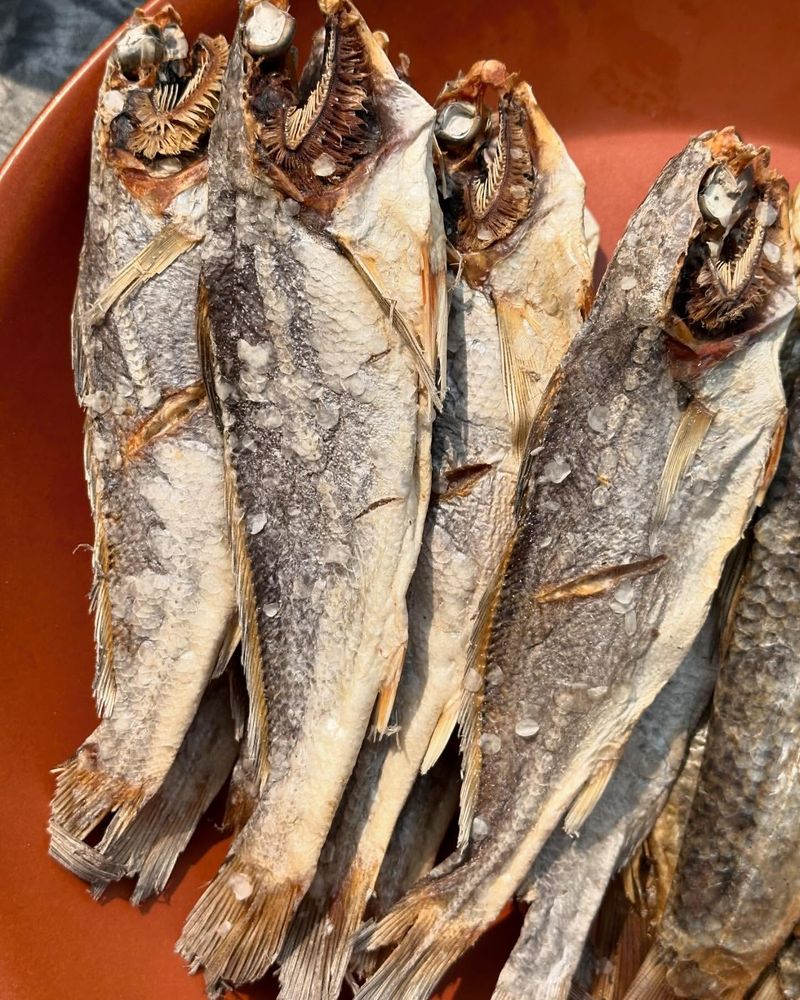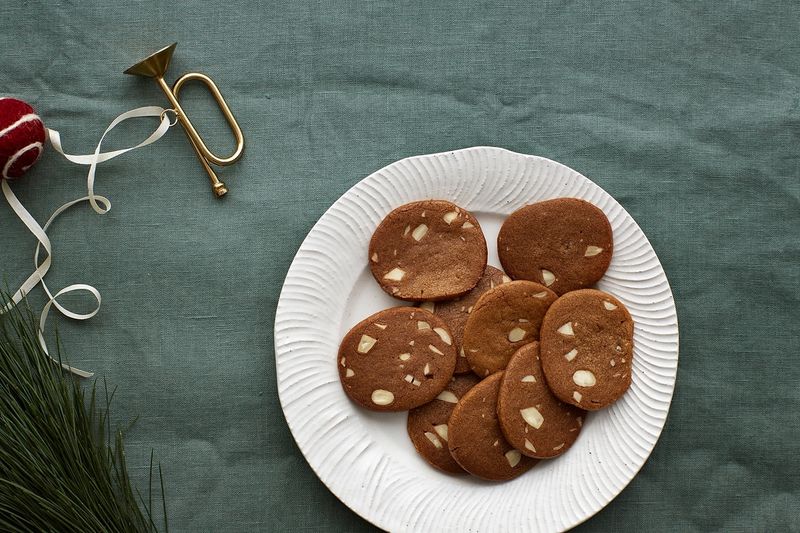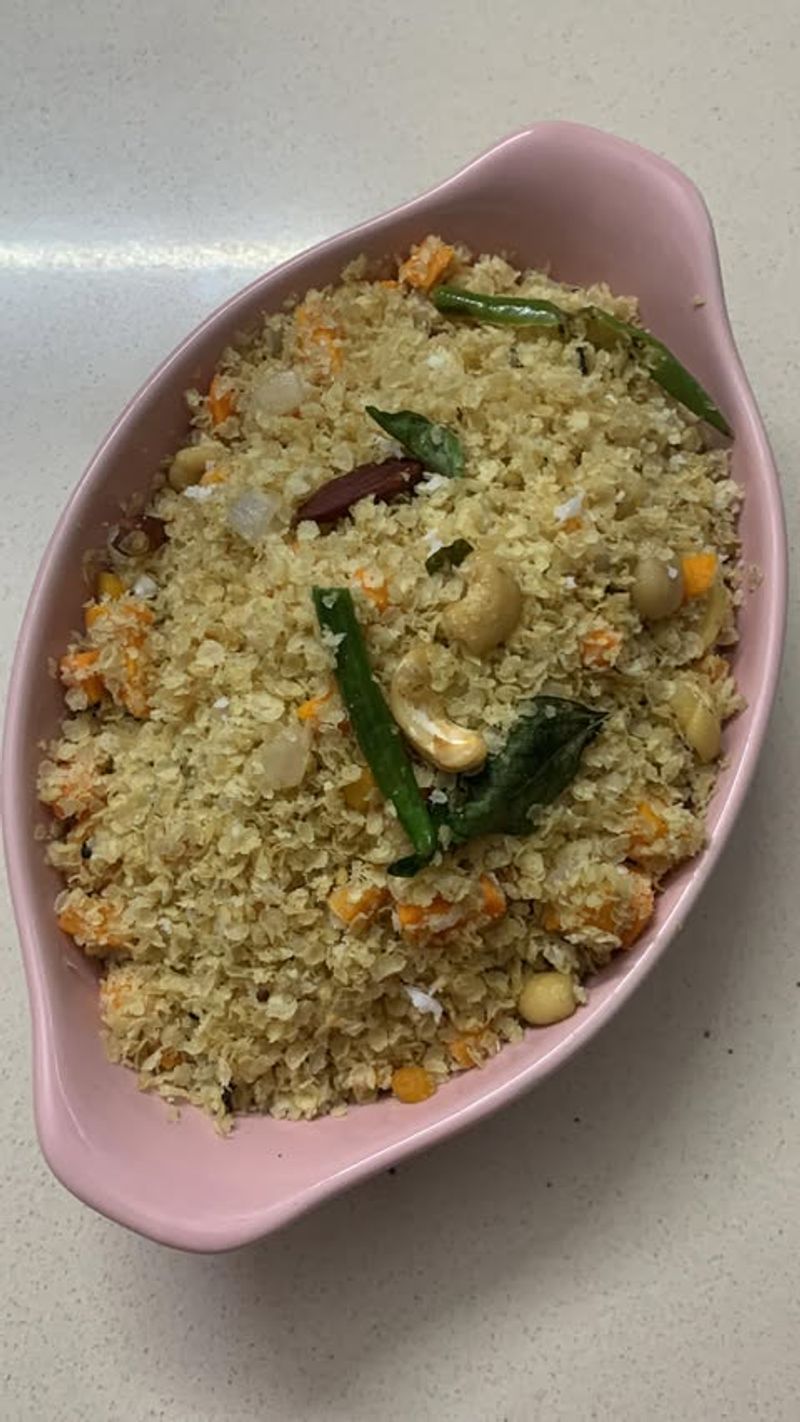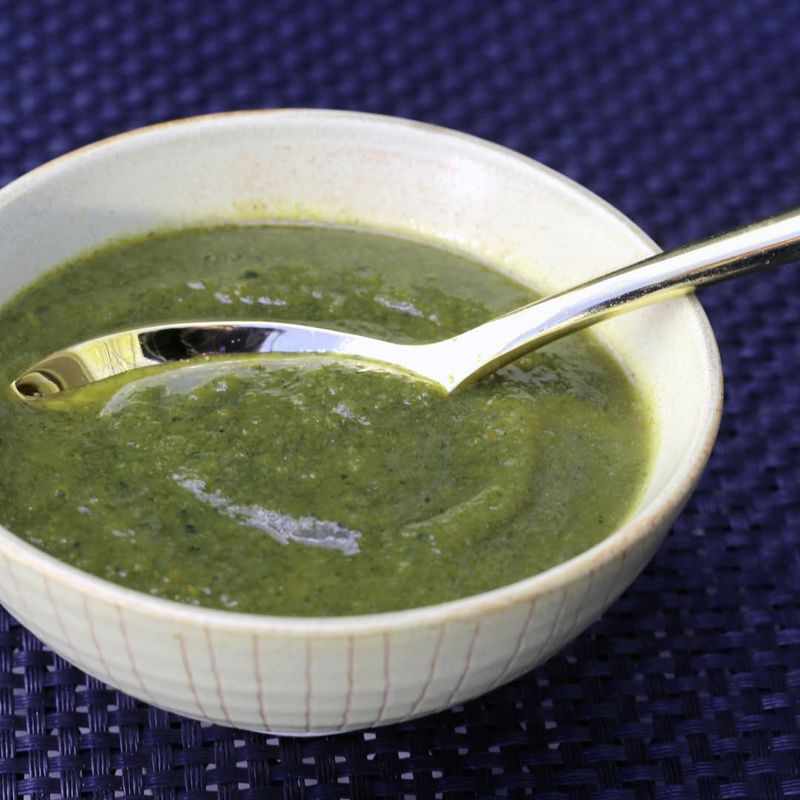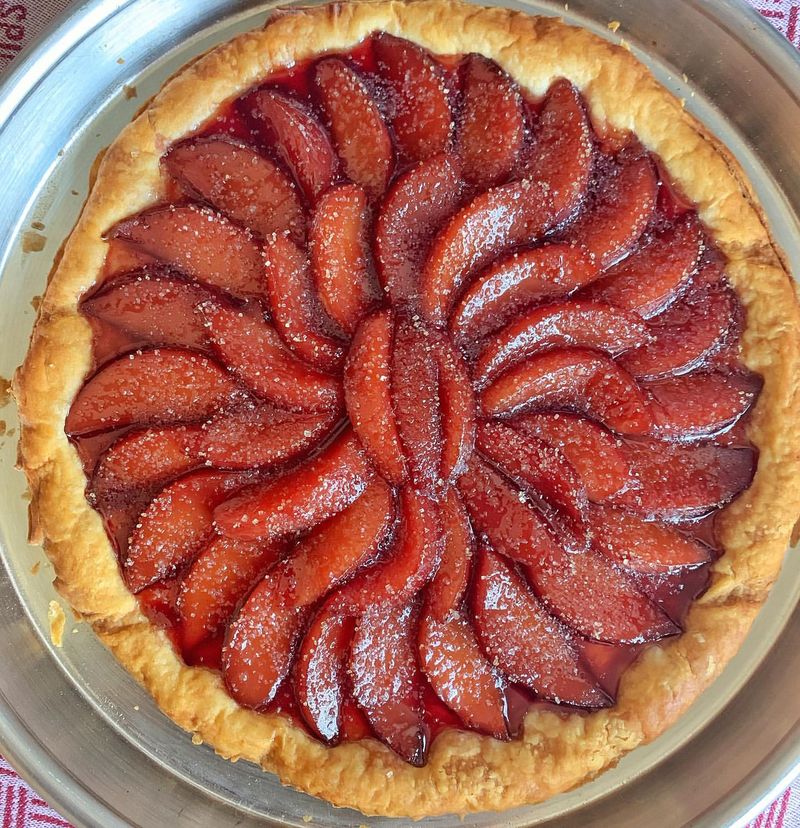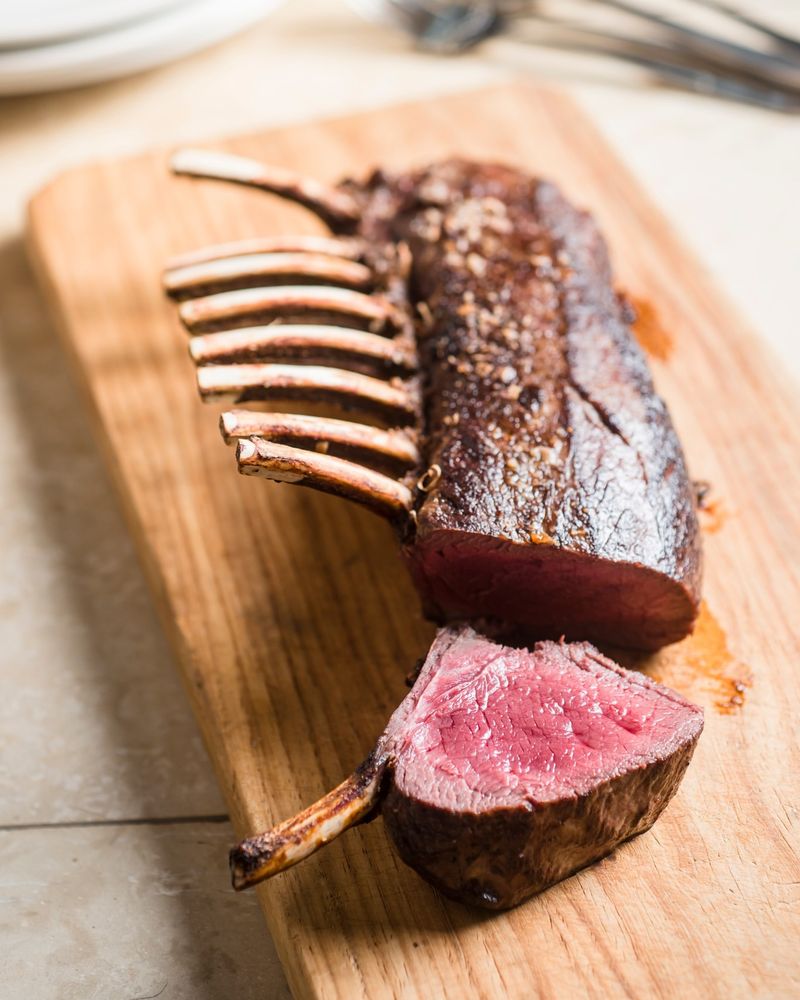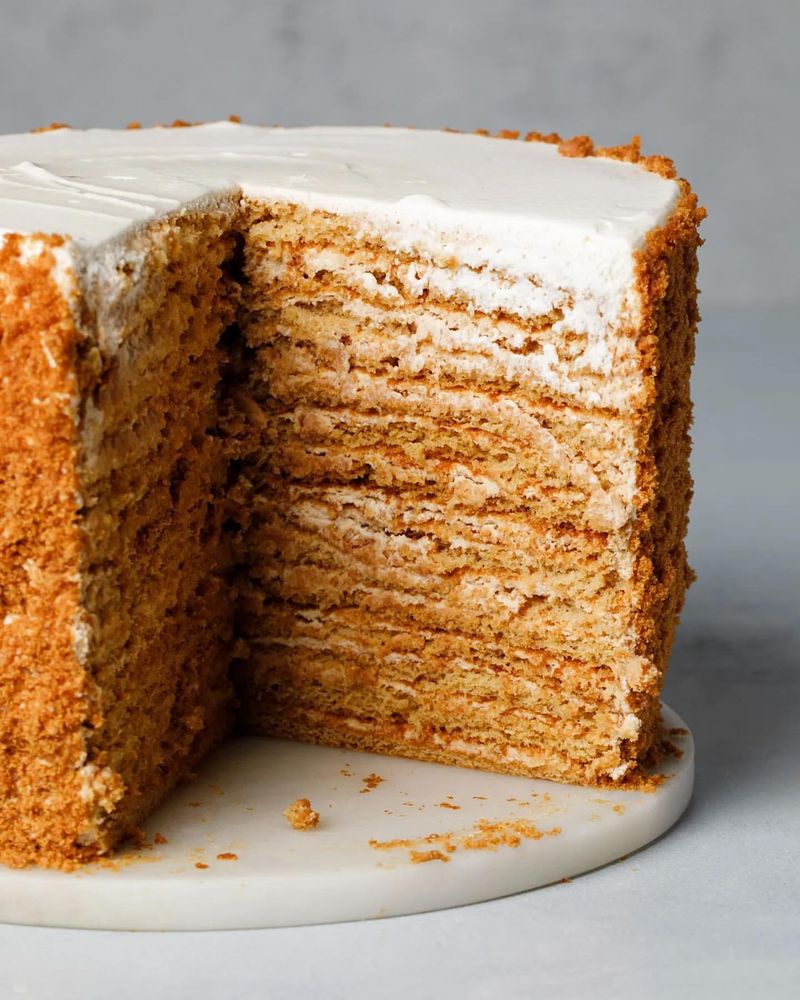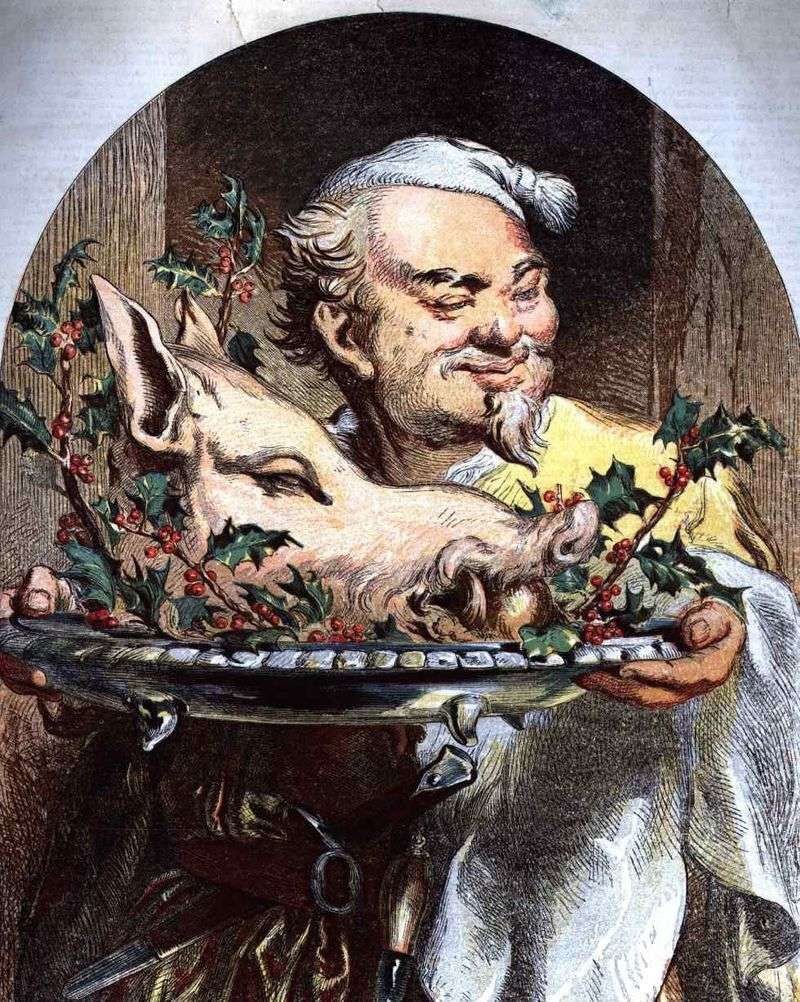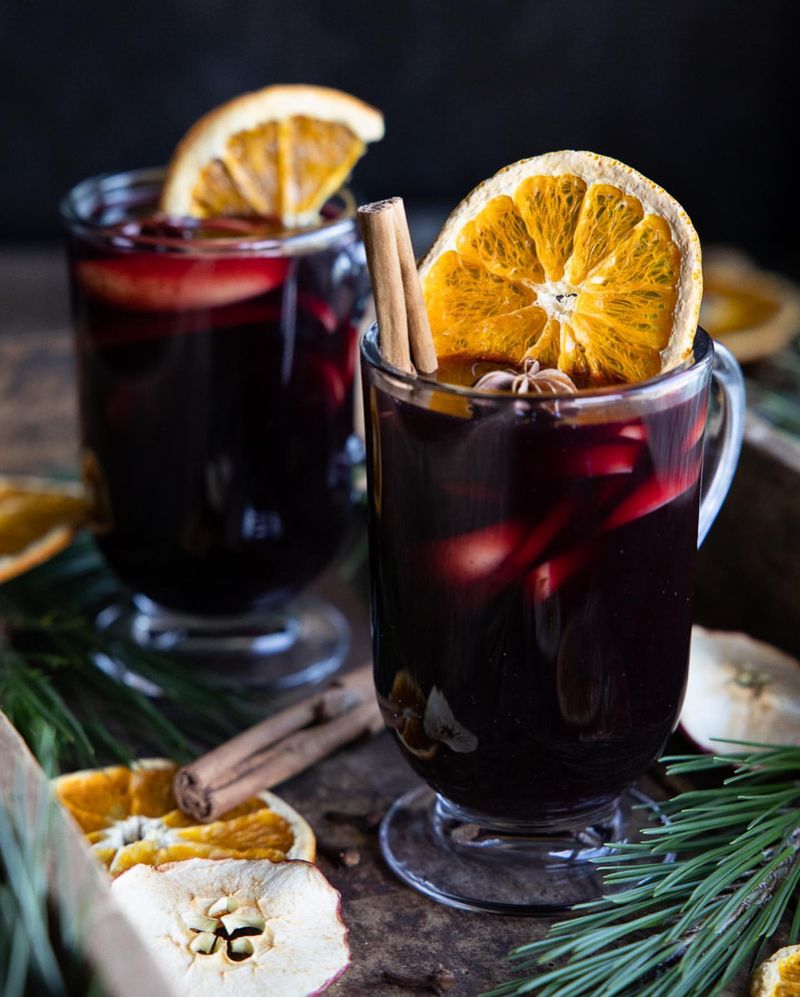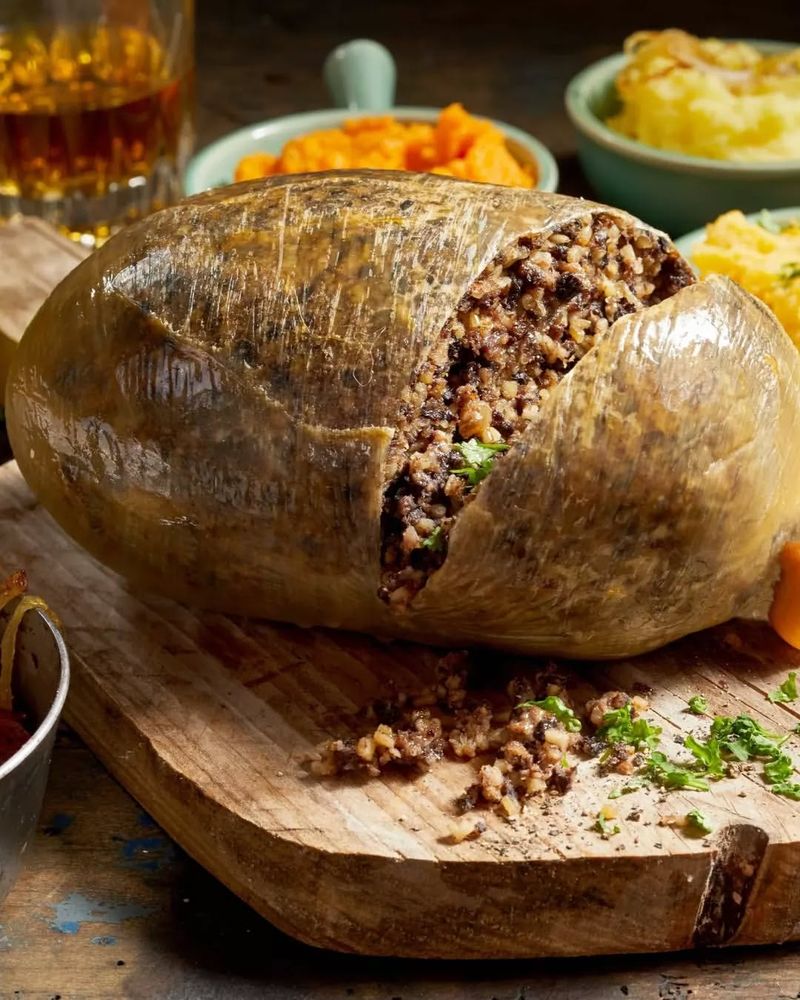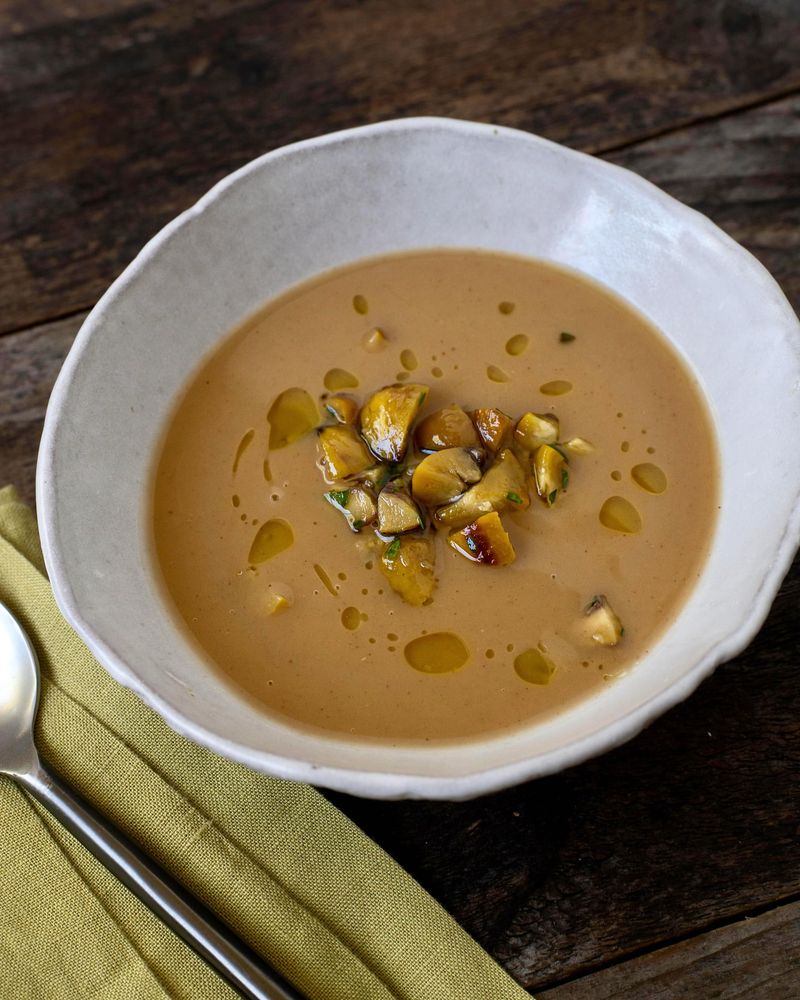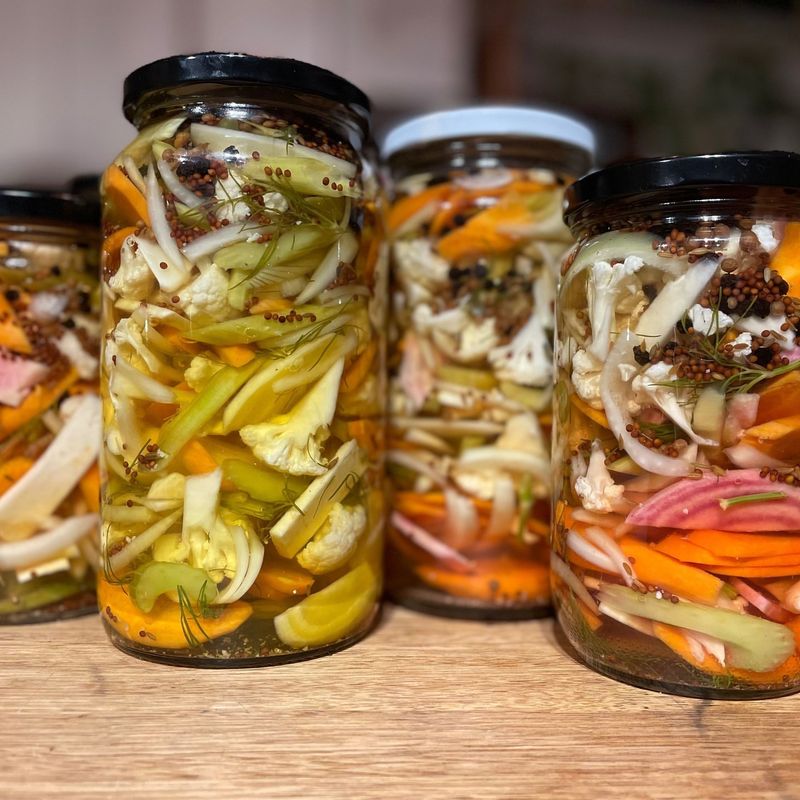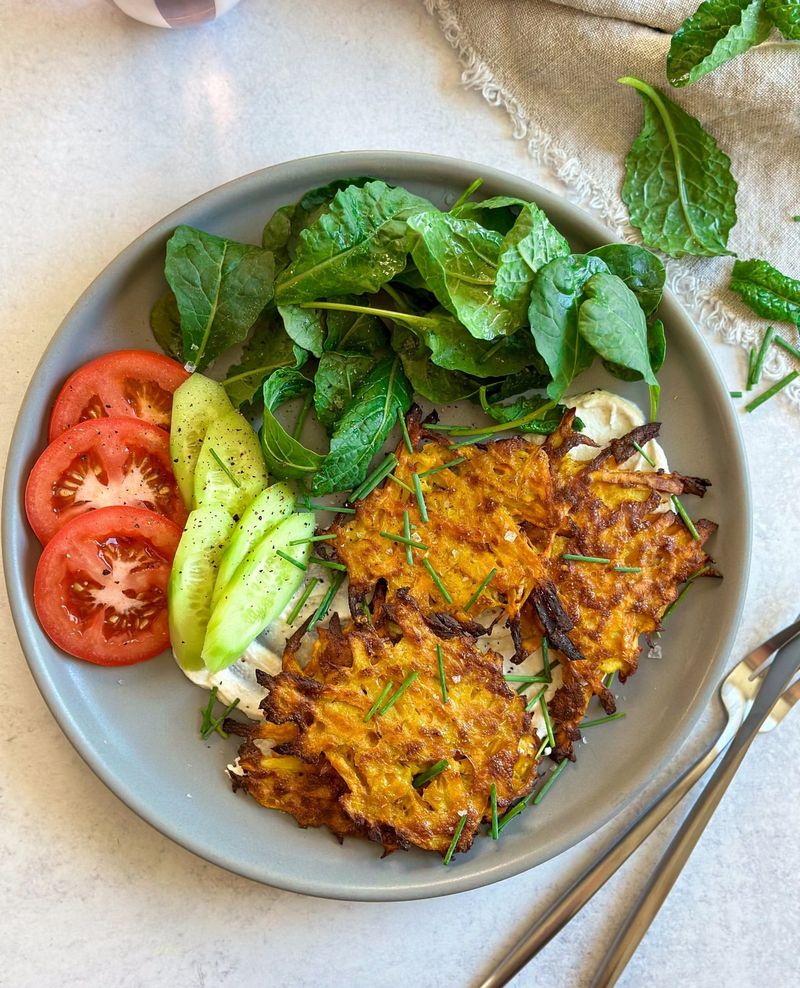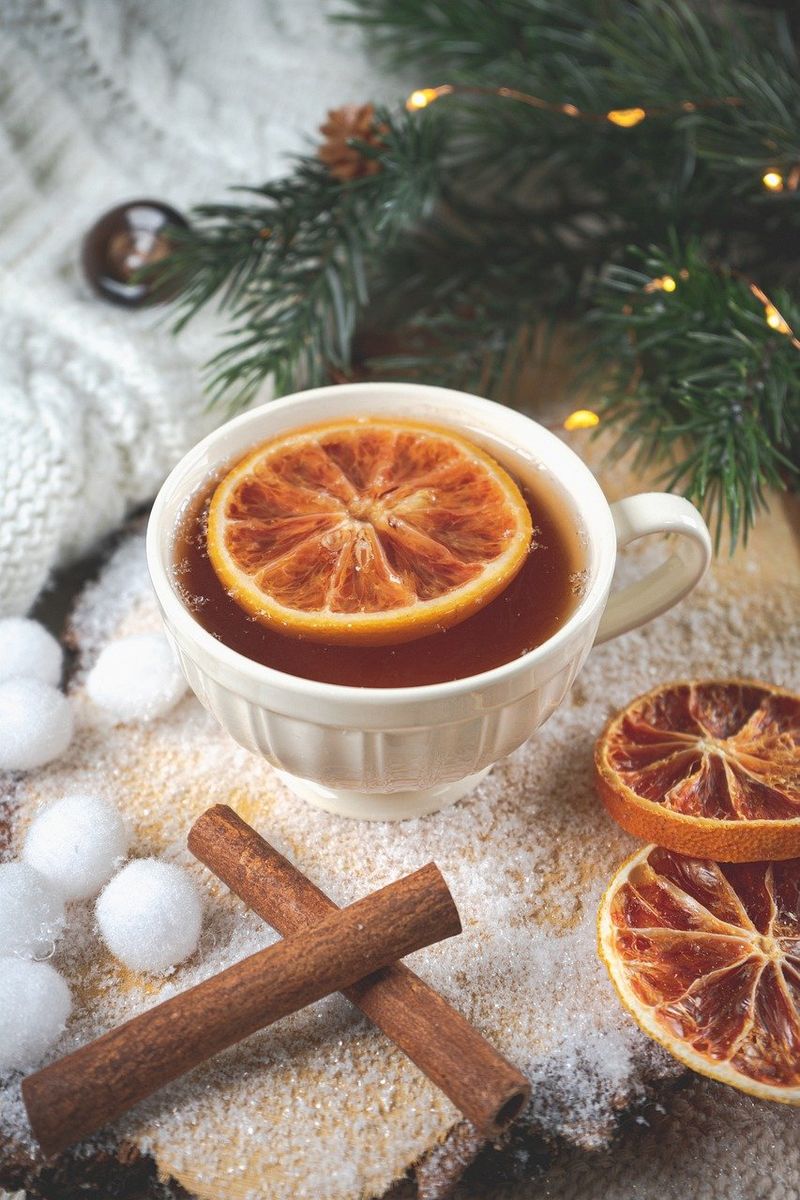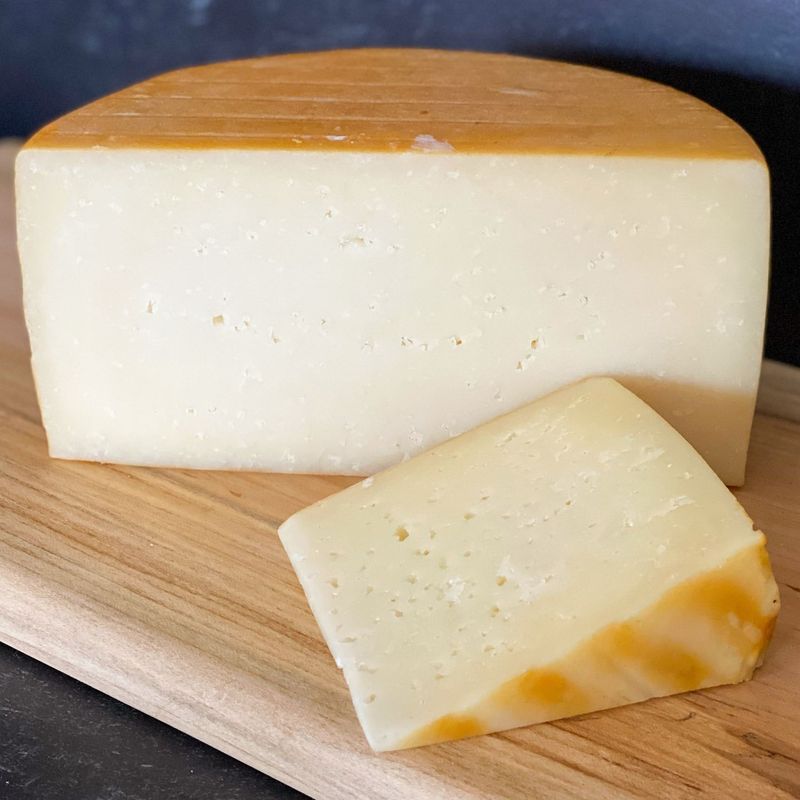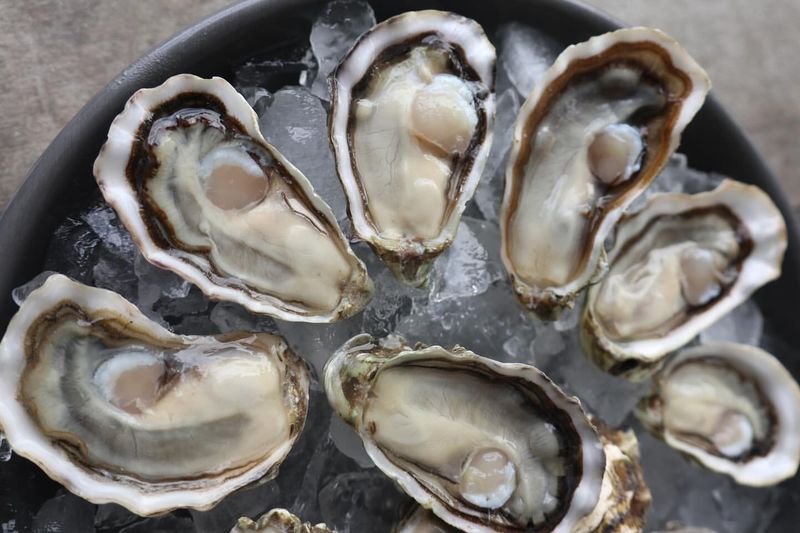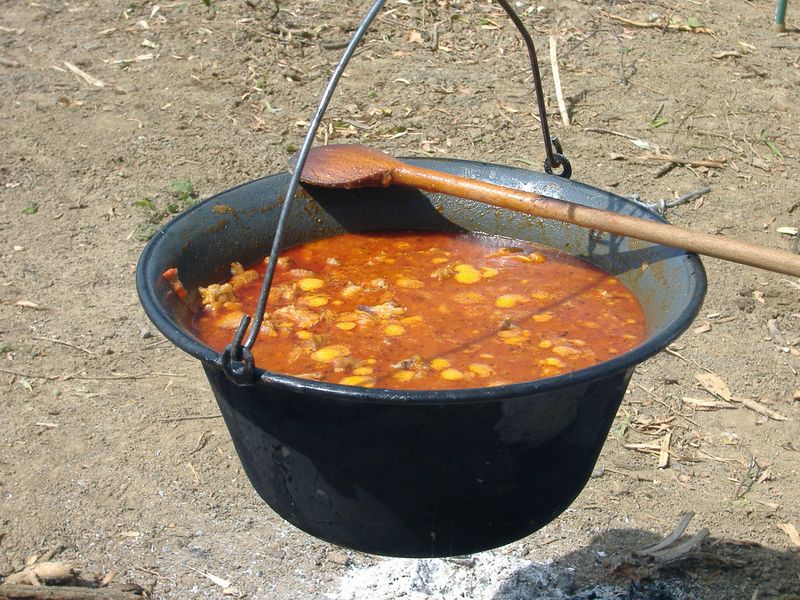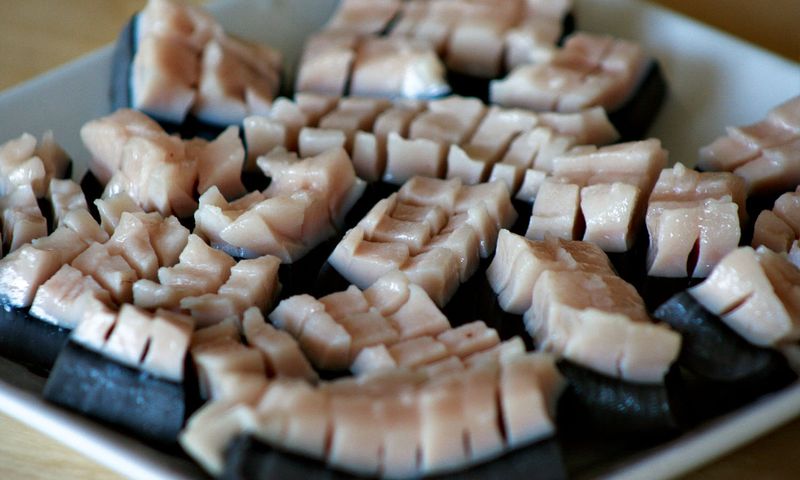Hark! Cast aside thy thoughts of dry bread and turkey legs. The feasting halls of old held wonders beyond measure. These 30 dishes shall unveil fare both strange and splendid, from the honeyed delight of marzipan to the noble spectacle of roasted peacock.
Whilst common folk took solace in pottage, lords and ladies supped upon meats richly spiced. Sweetmeats, pies, and brews most fragrant did grace their tables. Come forth and glimpse the lost splendor of medieval feasts, where each dish doth tell a tale of indulgence and craft!
1. Pottage
Pottage, a staple of medieval dining, was a thick stew made from various vegetables, grains, and sometimes meat. Prepared over open fires, it offered a hearty meal for peasants and nobility alike. The recipe varied with the seasons and what was available, making each pot unique.
Would you savor the earthy richness of this humble dish? The simplicity of pottage belies its flavor, as each spoonful warms the heart and nourishes the body. In medieval times, this dish was often accompanied by bread.
2. Almond Milk
Think medieval people drank only beer? Well, almond milk was a kitchen staple! This plant-based beverage was crafted by soaking and grinding almonds, then mixing with water. It served as a versatile ingredient in many dishes, appreciated for its creamy texture and subtle nutty flavor.
Almond milk was not only a drink but also a key component in various recipes, from soups to desserts. Rich in nutrients and refreshing, it catered to both the common folk and the elite. In a world before refrigeration, this dairy alternative was a clever solution for those seeking a healthy substitute.
3. Roasted Peacock
Swan: The Roast Fit for a King? Think again—roasted peacock was the real showstopper! Served at lavish feasts, it dazzled guests with its vibrant plumage and rich meat. This luxurious dish was not just about taste but spectacle.
Picture a medieval hall filled with the aroma of roasting meat and spices. The peacock, resplendent in its feathers, takes center stage. Guests would marvel at the presentation before savoring the dark, flavorful meat.
4. Marzipan
This sweet almond confection was a medieval favorite. Crafted from ground almonds and sugar, it was molded into intricate shapes that delighted both the eyes and the palate. This luxury treat was a testament to culinary artistry.
It was often served at feasts. Marzipan was decorated to resemble fruits, flowers, or whimsical creatures. Its smooth texture and sweet flavor made it a beloved dessert among the elite.
5. Black Pudding
Would you have dared to try a steaming bowl of black pudding? This sausage, made from blood, fat, and oatmeal, was a staple in medieval times. It offered a rich, savory flavor that satisfied hunger and provided much-needed nutrition.
Its unique texture and bold flavor made it a favorite choice for breakfast or supper. Black pudding was an ingenious way to use every part of the animal. Its legacy continues today, a testament to the resourcefulness and culinary creativity of the past.
6. Eel Pie
This pie was a surprising, savory delight from the Middle Ages. This dish combined the tender flesh of eels with a rich, savory filling, all encased in a flaky crust. It was a popular choice among those living near rivers.
A favorite at medieval feasts, eel pie showcased the culinary skills of the time. Its unique flavor and artistry made it a dish to remember.
7. Saffron Bread
Saffron bread, with its rich golden hue, was a luxurious treat in medieval times. Made with the world’s most expensive spice, this bread was both visually stunning and deliciously aromatic.
In an era where spices were prized, saffron bread was a symbol of wealth and refinement. It graced the tables of the wealthy, adding a touch of luxury to any meal.
8. Beaver Tail
This unexpected delicacy of the Middle Ages, was enjoyed for its rich flavor and unique texture. This dish was particularly popular during Lent, as beaver was classified as fish, allowing it to be eaten when meat was forbidden.
Beautifully roasted, the tail had a flavor that was unexpected and gratifying. Beaver tail was a gastronomic oddity that delighted people looking for something new in a world of rigid dietary regulations.
9. Hippocras
Hippocras, a spiced wine, was a favorite medieval beverage, offering a taste of the exotic. Infused with cinnamon, cloves, and other spices, it was both warming and aromatic.
Imagine the spices dancing on the tongue, creating a symphony of flavors that enliven the senses. Hippocras was a luxurious drink enjoyed only by the elite. Its intoxicating aroma and rich history make it a captivating glimpse into medieval life.
10. Swan
Swan was a centerpiece at grand medieval banquets. This majestic bird, roasted to perfection, symbolized wealth and splendor.
Imagine the scene—a lavish hall filled with lords and ladies, the aroma of roasted swan wafting through the air. Its rich, gamey flavor was a delicacy reserved for the nobility.
11. Fermented Fish
With its pungent aroma and bold flavor, fermented fish was a staple in medieval diets. This preservation method allowed fish to be enjoyed year-round, offering a rich source of protein.
In a world without modern preservation, fermentation was a vital technique. The tangy, savory flavor is not for the faint of heart, but it provided essential nutrients in times of scarcity.
12. Gingerbread
Gingerbread, a spicy and sweet delight, was a cherished treat in medieval times. Made with ginger, cinnamon, and cloves, it offered a warming flavor that was both comforting and exotic.
The spices create a symphony on the palate, transporting you to a world filled with enchanting scents and flavors. Its delightful taste and rich history continue to captivate even today.
13. Lamprey
Lamprey, an eel-like fish, was a delicacy in medieval times, especially among royalty. Cooked in various ways, it offered a rich, meaty flavor that intrigued many.
Would you have tasted this unusual fish? Often served in pies or roasted, lamprey was a symbol of luxury and sophistication.
14. Frumenty
This porridge-like dish was a staple in medieval cuisine. Made from boiled wheat, milk, and spices, it offered a comforting and nutritious meal.
The creamy texture and mild flavor made it a versatile option, often served with meat or fish. In the Middle Ages, grains were a dietary mainstay and frumenty was a beloved dish that provided sustenance and satisfaction.
15. Nettle Soup
If traditional and sustainable cooking intrigues you, this nettle soup is the right choice for you. A nutritious and earthy dish, it was a medieval staple. Made from stinging nettles, it provided vitamins and minerals that were vital for health.
Nettle soup was a clever way to utilize abundant wild greens. The nettles, once cooked, offered a flavor that was both fresh and hearty.
16. Quince Tart
Quince tart, a sweet and tangy delight, was a popular dessert in medieval times. Made from the aromatic quince fruit, it offered a refreshing end to any meal.
This luxurious treat was adored by the nobility. The combination of sweet and tart flavors must have been a delightful taste experience.
17. Venison
Venison, the meat of royalty, was a prized dish in medieval times. Roasted to perfection, it offered a rich, gamey flavor that was both satisfying and luxurious.
The elegance of venison, paired with herbs and spices, made it a symbol of status and sophistication. A taste of history, it continues to captivate with its rich culinary legacy.
18. Honey Cakes
In a time when sugar was scarce, honey cakes were a luxurious indulgence. Their delightful taste provides a sweet glimpse into the culinary traditions of the past.
Honey cakes, sweet and fragrant, were a beloved treat in the Middle Ages. Made with honey and spices, they offered a taste of natural sweetness. And thankfully, this amazing medieval recipe lives on till today.
19. Boar’s Head
Boar’s head, an extravagant dish. Roasted and adorned with fruits, it symbolized power and grandeur.
In a lavish hall filled with the aroma of roasting meat, the boar’s head took the center stage. It was a celebration of victory. The bold flavor of boar, paired with rich accompaniments, made it a memorable feast; a taste of medieval pomp and ceremony.
20. Barley Bread
A humble yet essential part of medieval diets, offered a hearty and nutritious option. Made from barley flour, it provided sustenance for both peasants and nobility.
The dense texture and rich flavor made it a staple at every meal. In a time when bread was the foundation of daily sustenance, barley bread was a vital component.
21. Mulled Wine
Mulled wine, a warm and spiced beverage, was a favorite in medieval times. Infused with cinnamon, cloves, and citrus, it offered a comforting and aromatic experience.
The spices and warmth create a symphony of flavors, perfect for cold nights. Would you sip this fragrant concoction?
22. Haggis
This savory pudding made from sheep’s offal was a staple in medieval times. Mixed with oats and spices, it offered a hearty and nutritious meal.
Haggis was an example of inventiveness during a period when it was necessary to use every component of the animal. It offers a taste of traditional Scottish food and never ceases to captivate with its strong flavors and historical significance.
23. Chestnut Soup
Made from roasted chestnuts, this soup offered a comforting and flavorful experience. It was a creamy and nutty delight, a favorite in medieval kitchens.
Chestnuts were abundant, and this soup was a clever way to utilize them. The smooth texture and nutty aroma must have been a delightful taste sensation. Would you savor this rich and velvety soup?
24. Pickled Vegetables
Pickled vegetables are healthy and tasty. And before refrigeration, pickling was an essential preservation method. With their tangy and crisp flavor, they were an important element of medieval diets.
Preserved in vinegar and spices, they offered a refreshing and nutritious meal. The tang and crunch provided a delightful contrast to richer dishes.
25. Parsnip Fritters
Golden and crispy parsnip fritters were a delicious treat in medieval times. Made from grated parsnips and spices, they offered a sweet and savory flavor.
Root vegetables were abundant, and parsnip fritters were a clever way to enjoy them. The crispy exterior and tender interior created a satisfying texture. The historical significance continues to fascinate today, providing a taste of traditional cooking.
26. Spiced Mead
Spiced mead, honey-based beverage, was a favorite in medieval times. Infused with spices, it offered a sweet and warming experience.
Honey was prized, which made spiced mead a luxurious indulgence. Would you sip this golden elixir? The combination of honey and spices creates a delightful symphony of flavors.
27. Sheep’s Milk Cheese
With its rich and creamy texture, sheep’s milk cheese was a staple in medieval diets. Made from sheep’s milk, in a world that relied on livestock farming for survival, it offered a distinctive flavor.
Unlike cow’s milk cheese, which was less common in certain regions, sheep’s milk cheese boasted a distinctive, slightly tangy flavor that deepened with age. It was enjoyed by both peasants and nobility alike, whether crumbled into hearty pottages, spread upon coarse bread.
28. Oysters
Oysters, fresh and briny, were a delicacy in medieval times. Often served raw or cooked, they offered a taste of the sea that was both luxurious and refreshing.
Harvested from the cold waters of coastal regions, they provided a taste of the sea that was both luxurious and nourishing. Their natural abundance made them an accessible food for those living near the shore. Yet their rich, savory flavor also earned them a place at the tables of lords and kings.
29. Hedgehog Stew
In medieval times, hedgehog stew was a surprisingly common dish, especially among the rural peasantry. Hedgehogs were abundant and provided a source of protein that was both easy to catch and prepare. The meat was often skinned and cleaned before being boiled or roasted.
To enhance flavor, it was cooked with a variety of herbs and seasonal vegetables. The stew was seen as a humble yet satisfying meal, nourishing families with its hearty composition.
30. Whale Blubber Tart
Among the wealthier classes, whale blubber tart was a delicacy that showcased both status and adventurous taste. This dish was crafted using the rich blubber from whales, which was prized for its unique texture and flavor.
The blubber was mixed with spices and encased in a buttery pastry shell, then baked to perfection. Though unfamiliar to modern palates, whale blubber tart was a celebrated indulgence, reflecting the opulence and exploration of flavors in medieval dining.

